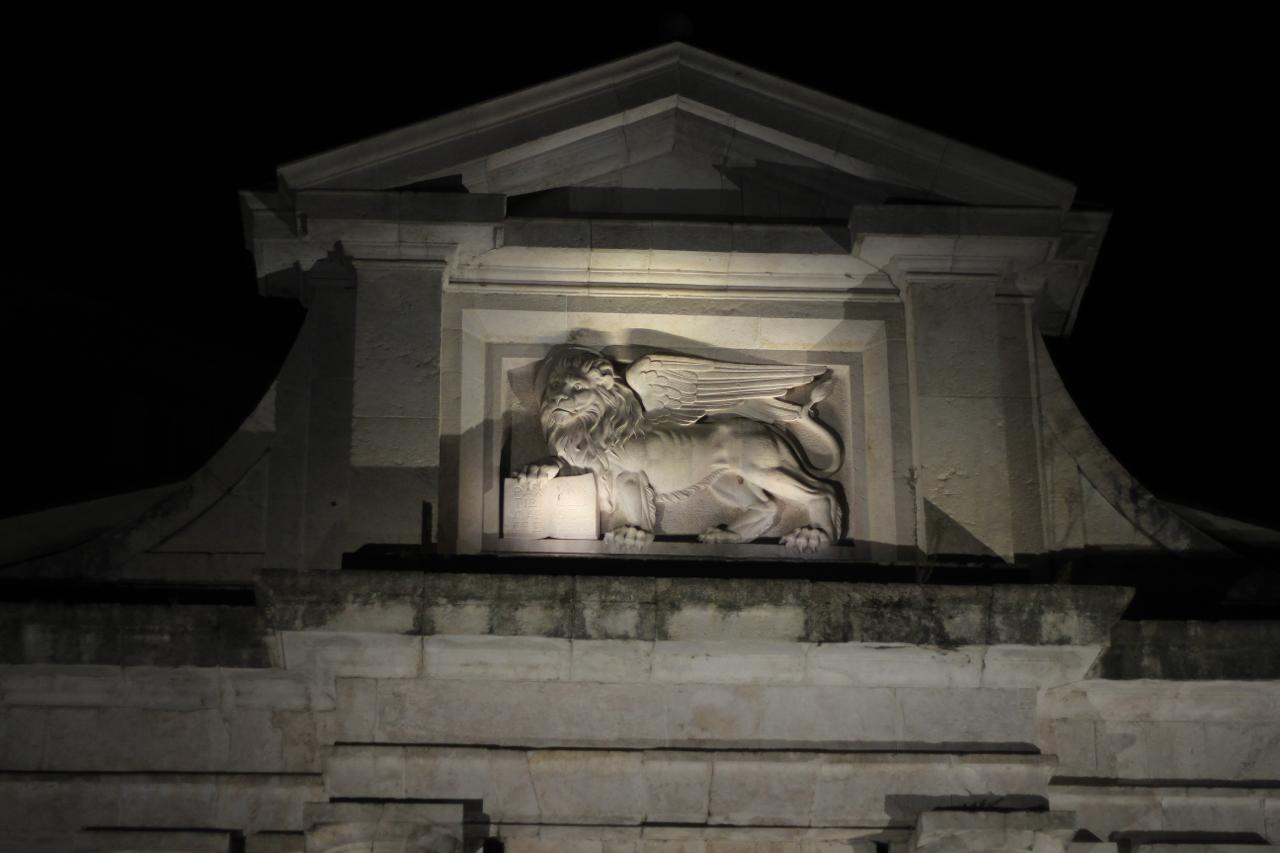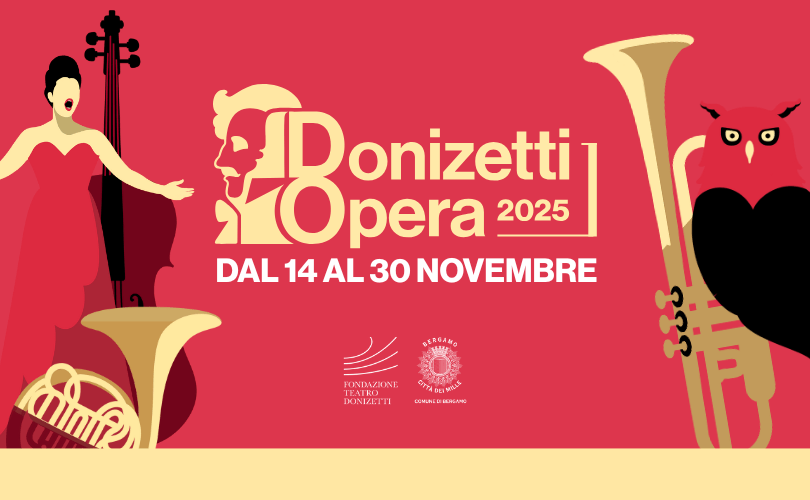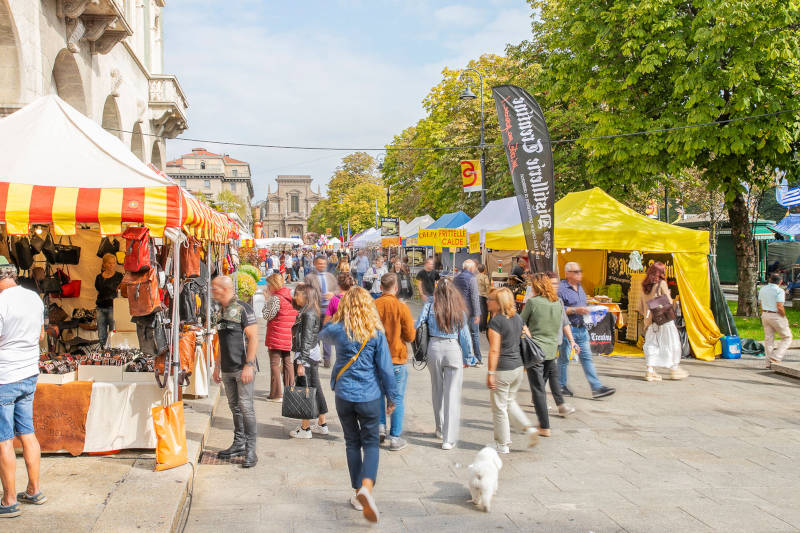The Lion of Venice, known as the Winged Lion of St. Mark, is one of the most recognizable symbols of the Venetian Republic and can be found on countless monuments across northeastern Italy. Its presence in Bergamo, particularly on the Venetian Walls and structures like the Palazzo della Ragione, often sparks curiosity. Why is this Venetian symbol so prominent in a Lombard city like Bergamo? The answer lies in the complex history of the region and the powerful influence of the Republic of Venice.
Origins of the Lion of Venice
The Winged Lion of St. Mark traces its origins to the apostle St. Mark, who became the patron saint of Venice. According to tradition, St. Mark traveled through the Venetian lagoon on his way to Rome and, during his journey, had a vision of an angel who told him that his body would one day find its final resting place in Venice. When Venetian merchants stole his relics from Alexandria, Egypt, in the 9th century, they brought them to Venice, and the city adopted St. Mark as its spiritual protector.
The lion, specifically a winged lion, became a representation of St. Mark in medieval iconography. It symbolized strength, courage, and majesty, qualities associated with both the saint and the Venetian Republic. The lion is often depicted with one paw resting on an open book, which typically reads “Pax tibi, Marce, evangelista meus” (“Peace to you, Mark, my evangelist”), representing the saint’s role as the writer of the Gospel of Mark. The wings signify the lion’s divine mission, elevating it above ordinary animals and symbolizing the connection between heaven and earth.
The Lion as a Symbol of the Venetian Republic
As Venice grew in power throughout the medieval and Renaissance periods, the winged lion became a political and military symbol of the Republic of Venice. It was placed on ships, flags, coins, and government buildings to demonstrate Venetian sovereignty and the authority of the Doge (the leader of Venice). The lion was more than just a religious figure; it became an emblem of Venice’s power, territorial expansion, and economic prosperity.
Venice established itself as a major maritime republic, controlling territories throughout the Adriatic Sea, parts of the eastern Mediterranean, and eventually extending its influence into northeastern Italy. The Stato da Tera, Venice’s mainland empire, was crucial for protecting its trade routes and defending against potential enemies like the Duchy of Milan. As Venice conquered and ruled over cities in the Stato da Tera, it left its mark—literally and figuratively—by placing the lion on fortresses, gates, and government buildings to symbolize its control.
Venice’s Rule Over Bergamo
Bergamo, a city strategically located in the Lombardy region, came under Venetian rule in 1428 after a series of conflicts between Venice and the Duchy of Milan. The Venetian Republic saw Bergamo as an important outpost to defend its mainland territories and to secure its borders. With Venice’s takeover, the city experienced economic growth and an increase in its defensive capabilities.
One of Venice’s most significant contributions to Bergamo was the construction of the Venetian Walls, a monumental defensive system that encircles the Città Alta (Upper City). Built between 1561 and 1588, these massive stone walls were designed to protect Bergamo from potential invaders, particularly the expanding Spanish empire that controlled nearby Milan. The walls, with their massive gates and bastions, were symbols of Venice’s might and engineering prowess. The Winged Lion of St. Mark was prominently displayed on these gates, serving as a visual reminder of Venetian authority.
The Lion on Bergamo’s Monuments
The Winged Lion of St. Mark appears on numerous monuments in Bergamo, most notably on the gates of the Venetian Walls, such as Porta San Giacomo, and on prominent structures like the Palazzo della Ragione in Piazza Vecchia. These lions were installed to declare Bergamo’s status as a Venetian territory, but they also carried deeper symbolic meanings.
The presence of the Winged Lion in these places symbolizes not only Venetian rule but also Venice’s promise of protection and stability to the people of Bergamo. While the lion represented the Republic’s power, it also carried a message of peace (as symbolized by the open book) and justice under Venetian law.
The Lion of Venice as a Symbol of Heritage
Today, the Winged Lion of St. Mark continues to be a powerful symbol in Bergamo, reminding residents and visitors alike of the city’s historical connection to Venice. The lion is not only a testament to Venice’s former control but also a mark of the shared cultural and historical heritage between the two regions. Bergamo’s rich architectural and artistic legacy, part of it shaped during Venetian rule, remains a point of pride for the city.
While the political power of the Venetian Republic has long since faded, the Winged Lion endures as a symbol of strength, protection, and Venetian identity—values that resonate deeply in the history of Bergamo and across the former territories of the Venetian Empire.





